Ants can be an extremely troublesome pest in urban environments and difficult to eliminate, resulting in significant water pollution caused by their aggressive and persistent behavior.
To successfully control ants, it’s crucial to eliminate their sources of food and water – something which requires both mechanical and chemical solutions.
Pest Identification
Ants can be a persistent and annoying pest in any environment. While certain species may contaminate food sources or damage buildings, others can inflict painful bites.
Ants can survive in many different environments, from forests and grasslands to underground nests or trees and wooden structures.
Pavement ants get their name from nesting in or under cracks in pavement. Additionally, these insects may enter buildings through slab-on-grade construction openings or expansion joints on concrete floors.
Dependent upon the pest, different control measures may be required. Some treatments focus on what the insect is feeding on – honeydew, protein or any food source they find appealing; other approaches could include using baits or eliminating sources of honeydew; these methods may take time before showing results.
Treatment Options
Ants are an increasingly prevalent pest that often enter homes, restaurants, stores, warehouses and other buildings where food or water may be available. Their small size allows them to gain entry through even small cracks and crevices such as those found underneath doors and around windows.
An effective approach for eliminating ants involves accurately identifying their type and using appropriate treatments to eliminate them permanently. For best results, this requires professional inspection as well as application of bait stations or sprays as exclusion measures.
For outdoor ant infestations, it’s essential to clear away any trails leading into your home and use liquid or powder bait strategically placed near ant mounds – repeat this weekly until ants have left your property!
Prevention Methods
Ants are a persistent nuisance around homes, as they pollute food supplies, build unsightly mounds, and hollow out wood to create nesting sites for themselves.
Home and business owners alike can use various effective prevention measures to keep insects at bay, such as eliminating food debris, trash piles, spilled liquids or pooled water sources as well as maintaining clean surfaces and dry conditions.
Sealing obvious entryways such as door thresholds and openings where utility cables enter buildings is one way to reduce ant infestation on your property. Trimming back shrubbery that touches buildings or sealing cracks in siding siding are also effective measures against potential infestation.
One of the most effective prevention techniques involves spraying an insecticide designed for outdoor use that does not repel ants, much like bait traps but without their ability to attract them. Ants simply walk right past it bringing some back with them into their colonies.
Fees
Ant extermination fees vary based on several factors, including the size and type of ants present in your home, whether or not ongoing treatments are needed, and whether one-time or ongoing solutions are desired. Furthermore, costs will depend upon how severe an infestation may be which could dictate labor requirements as well as methods used in extermination.
Small infestations tend to cost less – typically $150-300 – while larger infestations could potentially run up a bill of $1,400 or higher.
Your exterminator should provide a detailed estimate of their plans and explain how the process will work, along with providing written diagnosis. Furthermore, ensure they use green or eco-friendly pest control products.
